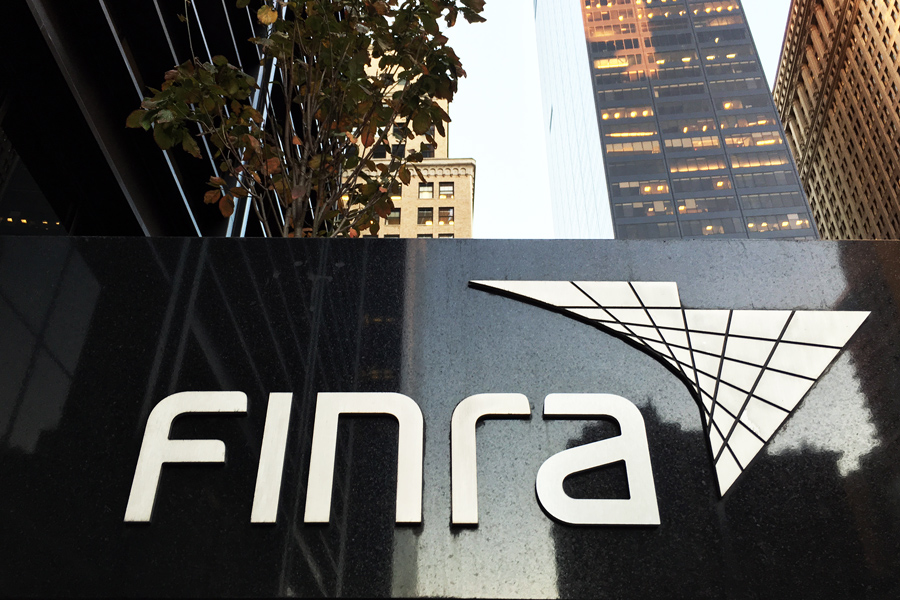

Finra used proceeds from the fines it levied on its brokerage members — as well as money drawn from its reserves — to finance technology upgrades, trade monitoring and investor education last year.
In a report on the usage of fine monies posted on its website on Thursday, the Financial Industry Regulatory Authority Inc. said it levied $39.5 million in fines in 2019. It had more “fines-eligible expenditures” than could be covered by that amount, so it drew another $31.6 million from its reserves, which essentially are its investment accounts.
The organization targets fine spending on capital expenditures, which totaled $56.6 million last year, and investor education and firm compliance, which totaled $14.5 million.
“The fines-eligible expenditures within these categories … furthered FINRA’s goals to implement efficient oversight programs that protect investors and the markets; modernize critical securities industry infrastructure; strengthen our ability to track trading across markets; enhance our examination, investigation and disciplinary programs; enhance the efficiency of FINRA systems; facilitate compliance by member firms and equip investors with knowledge and resources to help them navigate ever-evolving markets, products and services,” the report states.
Finra spent $18.7 million on infrastructure improvements, such as migrating data centers to cloud-based platforms and upgrading its registration, testing and continuing education systems.
The broker-dealer self-regulator allocated $17 million to strengthen the monitoring of equity, option and fixed-income market activity. It spent $12.5 million to improve technology for examination, investigation and enforcement programs as well as $8.4 million to bolster compliance systems.
Finra allocated $3.4 million for investor education, $6.7 million for compliance assistance and $4.4 million for staff training.
Finra detailed how it used fine proceeds for the first time in 2018. The move followed many years of complaints about the brief, opaque reference to fine spending that was included in Finra’s annual financial reports.
The fine-spending summary is one of the financial transparency documents Finra has developed as a result of the Finra 360 self-examination. The regulator also now releases an annual budget summary.
In the fine report, Finra stressed it does not impose monetary penalties on firms with a budget goal in mind. Punishment is determined by its sanctions guidelines and the facts and circumstances of individual cases. Fine proceeds can vary widely from year to year.
“Finra does not target any minimum amount of fines to be issued,” the report states. “Finra’s operating budget does not include fines, and fine monies are not considered in determining employee compensation and benefits.”

Wealth managers highlight strategies for clients trying to retire before 65 without running out of money.

Shares of the online brokerage jumped as it reported a surge in trading, counting crypto transactions, though analysts remained largely unmoved.

President meets with ‘highly overrated globalist’ at the White House.

A new proposal could end the ban on promoting client reviews in states like California and Connecticut, giving state-registered advisors a level playing field with their SEC-registered peers.

Morningstar research data show improved retirement trajectories for self-directors and allocators placed in managed accounts.
Orion's Tom Wilson on delivering coordinated, high-touch service in a world where returns alone no longer set you apart.
Barely a decade old, registered index-linked annuities have quickly surged in popularity, thanks to their unique blend of protection and growth potential—an appealing option for investors looking to chart a steadier course through today's choppy market waters, says Myles Lambert, Brighthouse Financial.
